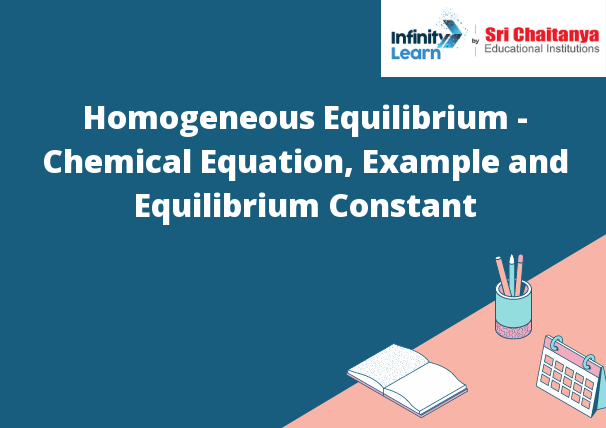Table of Contents
What is Homogeneous Equilibrium?
A system in equilibrium is said to be homogeneous if it is in a state of constant chemical composition. In other words, the concentration of every species in the system is the same throughout. Homogeneous Equilibrium – Chemical Equation.

Homogeneous Reaction- Equilibrium Constant
A homogeneous reaction is one where the reactants and products are all in the same phase. In other words, the reactants and products are all in the same liquid or gas.
The equilibrium constant for a homogeneous reaction is a measure of how far the reaction will proceed to the right.
K eq = [products] / [reactants]
Homogeneous Equilibrium- Example
In a chemical reaction, the reactants are in equilibrium with the products. The concentration of the products is the same as the concentration of the reactants.
Homogeneous Chemical Equilibrium
A homogeneous chemical equilibrium is one in which the chemical composition of the substances in the equilibrium mixture is the same throughout the mixture.
Calculate Equilibrium Constant
The equilibrium constant is calculated by taking the products of the concentrations of the reactants and dividing by the concentration of the products.
Kc = [A][B]/[C]
Difference between \[K_{C} and K_{P}\]
The dissociation constant, K C , is the equilibrium constant for the dissociation of a weak acid into its conjugate base and a proton. The dissociation constant, K P , is the equilibrium constant for the dissociation of a weak base into its conjugate acid and a proton.
Homogeneous Equilibrium – Chemical Equation









